
Secret to cleaning clams, clams release sand quickly and are much fatter
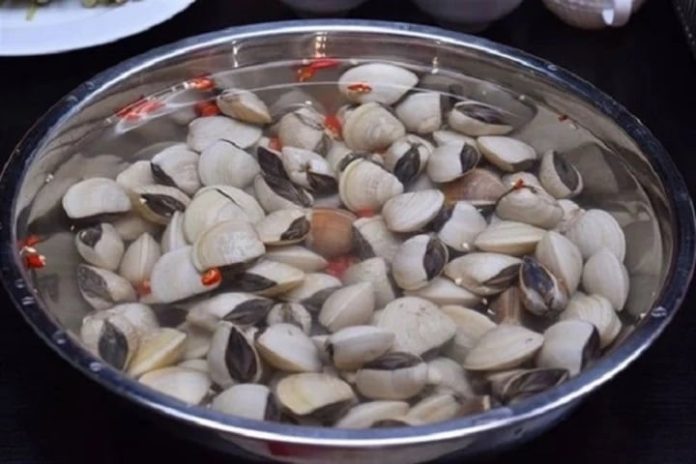
How to Choose and Clean Fresh Clams Properly
1. Choosing Fresh and Healthy Clams

When buying clams, always select those that are intact, firm, and heavy for their size. Fresh clams usually have smooth, tightly closed shells and feel weighty in your hand. Avoid any that are cracked, chipped, or have an unpleasant odor, as these are signs that the clams are either dead, too thin, or have been stored for too long. Sometimes, sellers may even mix a few dead clams with the live ones to make up the weight.
If you soak clams in warm, lightly salted water for about 30 minutes, they will begin to open their shells slightly to breathe — during this process, sand and impurities are expelled naturally.
However, pay attention: clams that remain open for too long or do not react when touched may already be dead or of poor quality. To test freshness, gently tap or try prying open a clam with your fingers. A live, healthy clam will quickly close its shell tightly, while a dead or weak one will remain open.
For the best results, always buy clams from a trusted seafood market where there is high product turnover. Freshly caught clams not only taste sweeter and more flavorful but also ensure food safety when cooked.
2. How to Remove Sand and Clean Clams Thoroughly
Clams live in seawater with a salinity level of around 5%, so soaking them in plain tap water will not help them release sand. In fact, in fresh water, clams will close their shells tightly and may die faster.
To effectively clean clams, prepare a saltwater solution by mixing 1–2 tablespoons of salt per liter of water. Stir well until the salt dissolves completely before adding the clams. The familiar salty environment will encourage them to open their shells and expel sand and debris. Let them soak for 2–3 hours to ensure all the sand is released.
If you’re short on time, you can speed up the process with a few clever tricks:
-
Add a few drops of cooking oil to the water. Since oil floats on the surface, it creates a thin film that reduces oxygen flow into the water. In response to the low-oxygen environment, the clams will instinctively open their shells wider to breathe, which helps them release sand faster.
-
Toss in a few slices of fresh chili pepper. The mild irritation encourages the clams to open up and purge sand more quickly.
-
After about one hour, put the clams in a container, shake them vigorously to “stir up” the sand inside, then return them to the water to soak again. Soon, you’ll notice that the water turns cloudy — a good sign that the clams are releasing dirt and grit.
For the best cleaning results, soak the clams in warm water around 50°C (122°F). Avoid using hotter water, as it can kill them. The slightly elevated temperature will trigger a natural reflex, causing clams to absorb more water while simultaneously pushing sand out of their shells.
Another excellent and natural method is to use rice-washing water (the cloudy water left after rinsing rice). Soaking clams in rice water for 1–2 hours not only helps them release sand but also neutralizes fishy odors, leaving the clams fresher and tastier when cooked.
3. Extra Tip: Keep Clams Fresh Before Cooking
If you’re not cooking right away, store the cleaned clams in a bowl covered with a damp cloth and keep them in the refrigerator. This keeps them moist and alive for several hours. Avoid sealing them in airtight containers, as they still need to breathe.
Properly chosen and cleaned clams will make your dishes — whether steamed, stir-fried, or cooked in soup — sweeter, more fragrant, and completely free of grit.
News in the same category


2 Signs of Kidney Damage: Morning Urine Showing These Signs Means You Should See a Doctor Immediately

Saw This Trick For Oven Cleaning
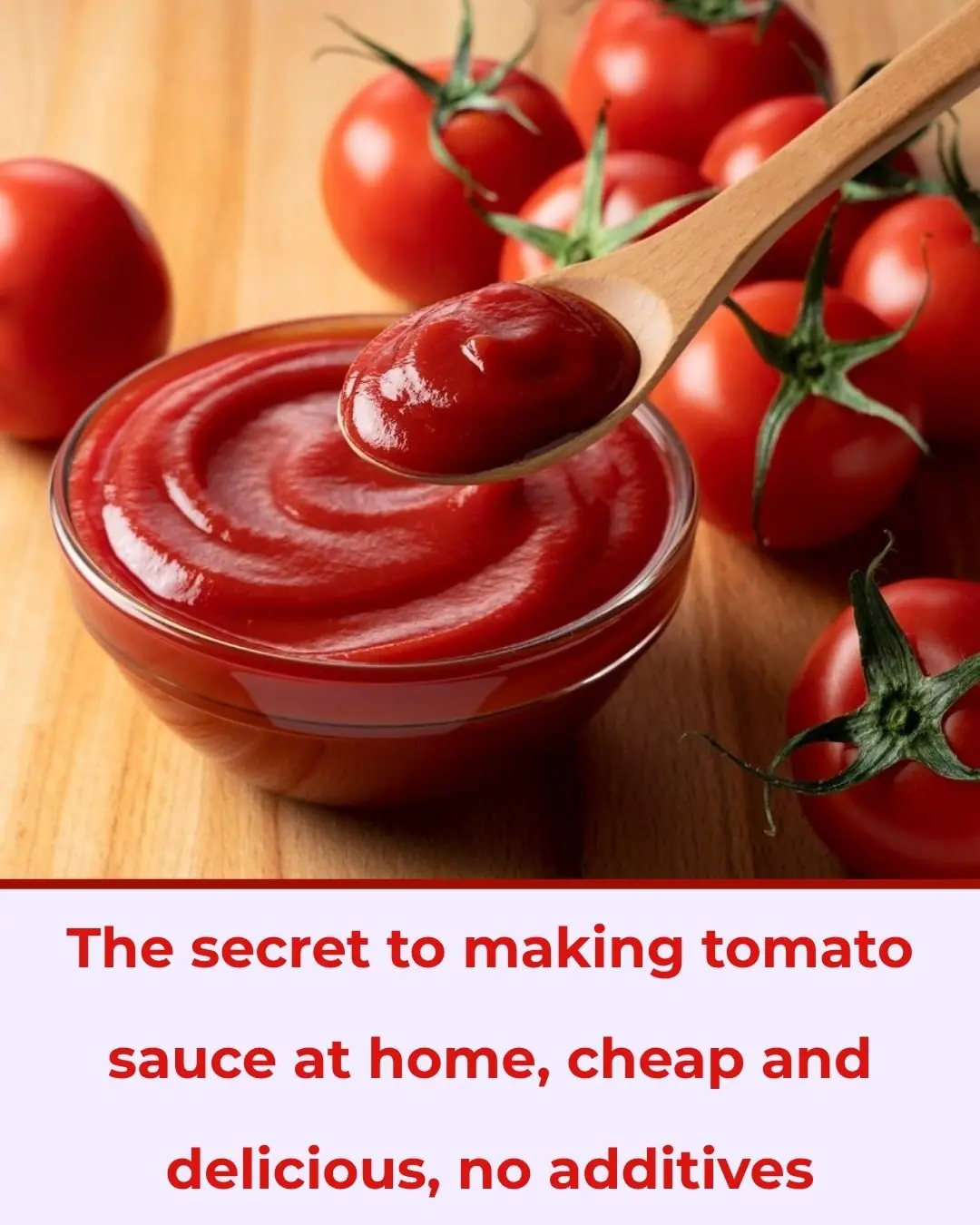
The secret to making tomato sauce at home, cheap and delicious, no additives

The garden has 4 plants. Rắn mê loves them so much, but if you want the whole family to be safe, you should pull them out immediately.

Stop cleaning with these 10 kitchen mistakes

Tips to help hair grow faster, reduce hair loss, and make it shiny by washing your hair with beer
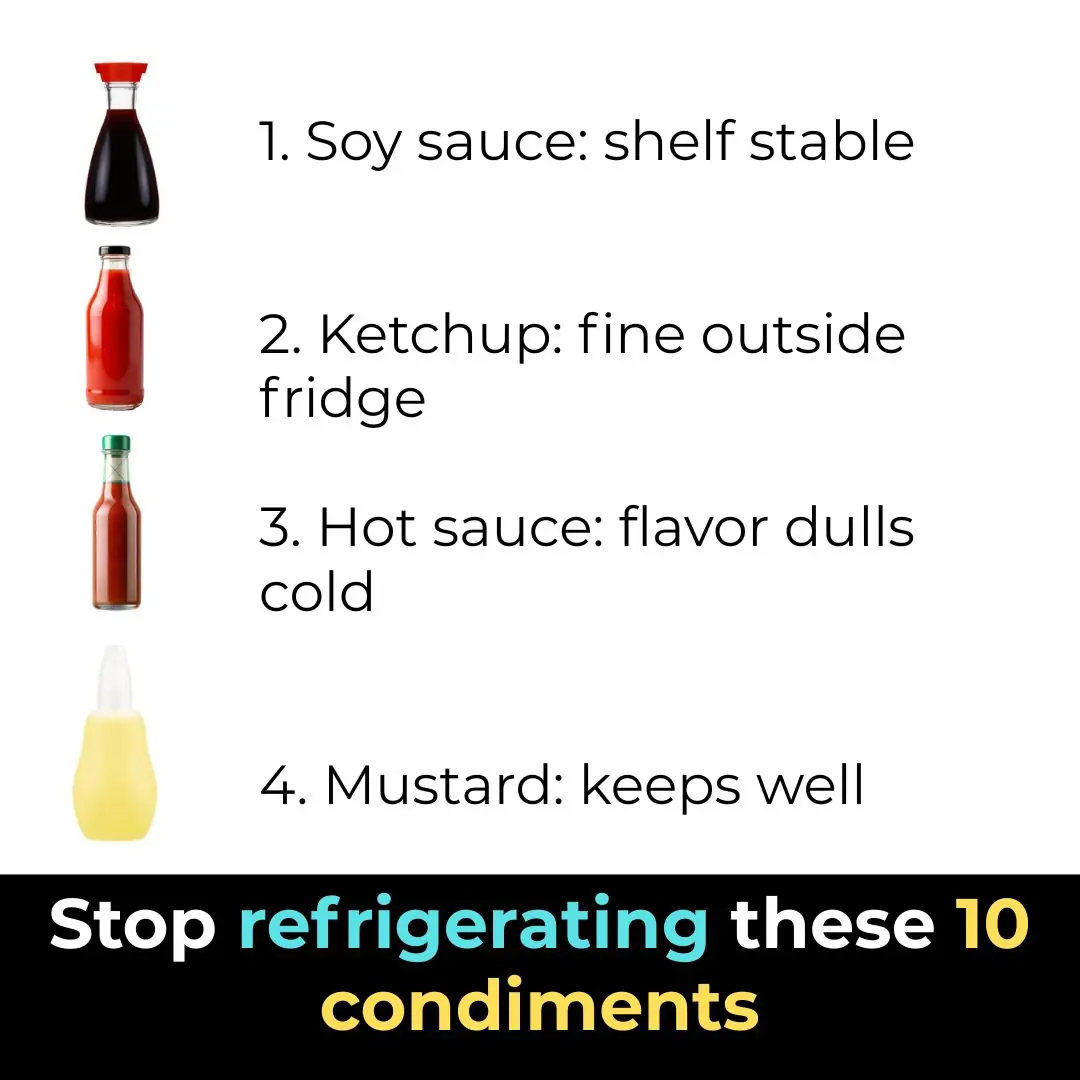
Stop refrigerating these 10 condiments

Put an empty plastic bottle in the washing machine, I admit the person who came up with this trick has a "top notch" IQ

Too many geckos in the house, here's a little trick to make them 'go away and never come back'
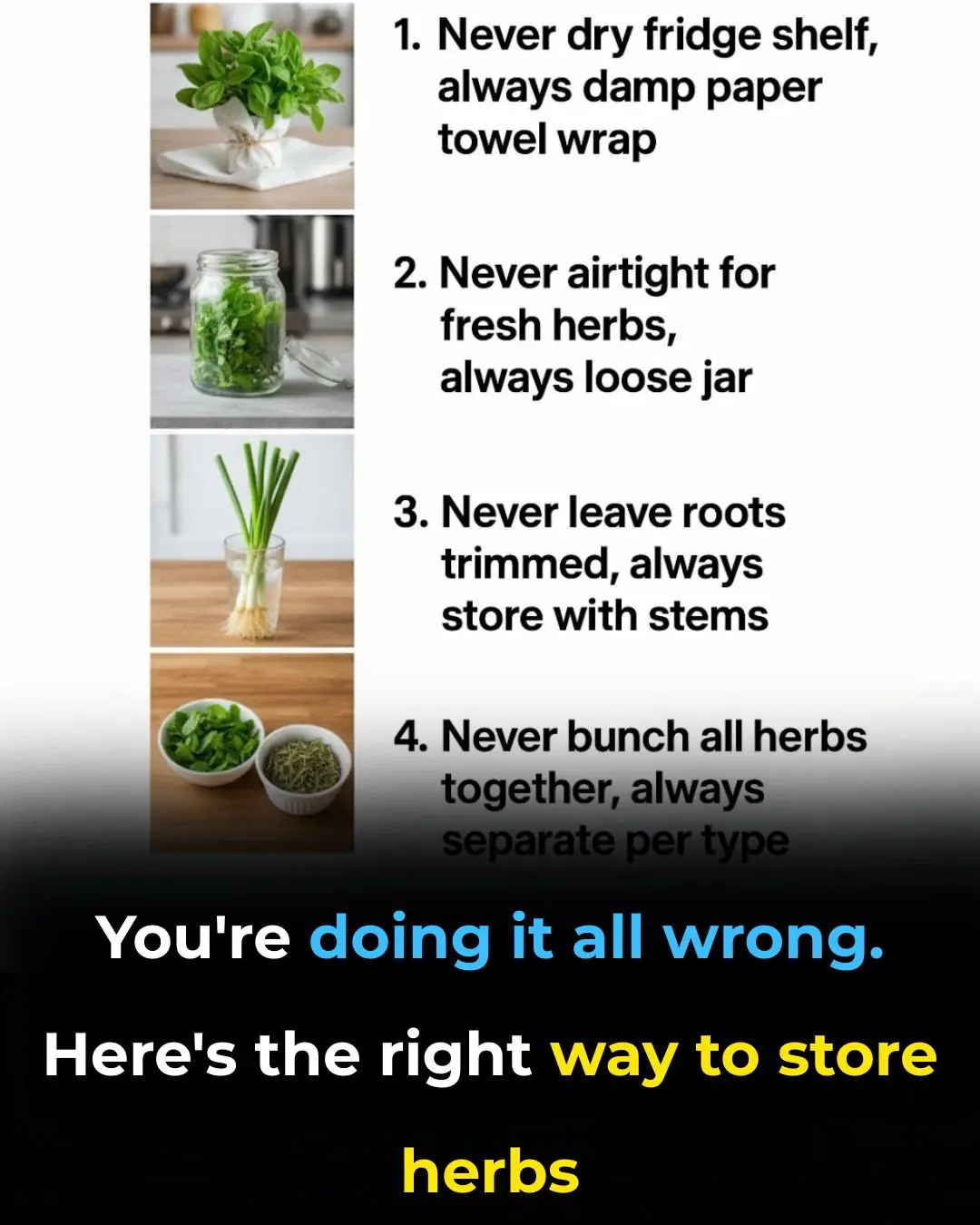
You're doing it all wrong. Here’s the right way to store herbs
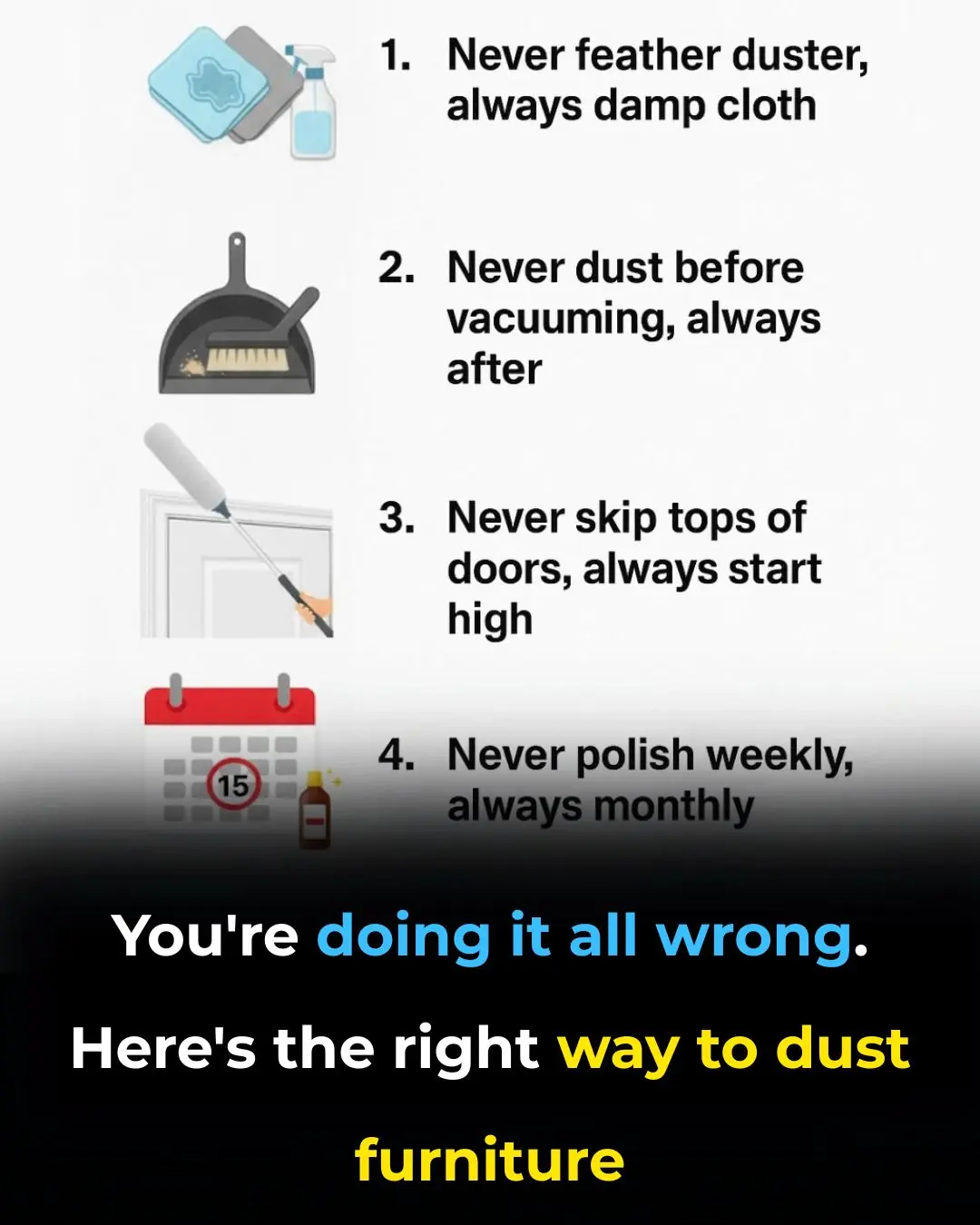
You’re doing it all wrong. Here’s the right way to dust furniture

Help! My 8-year-old was bitten by this strange bug, and I’m really worried. My sister-in-law nearby has seen similar ones. Any idea what it is?

Seeing that my neighbor had a jar of sour star fruit soaked in rock sugar, I asked him to find out how many uses it has

Glass windows get dirty very quickly, here are some tips to help you clean them from the inside out.
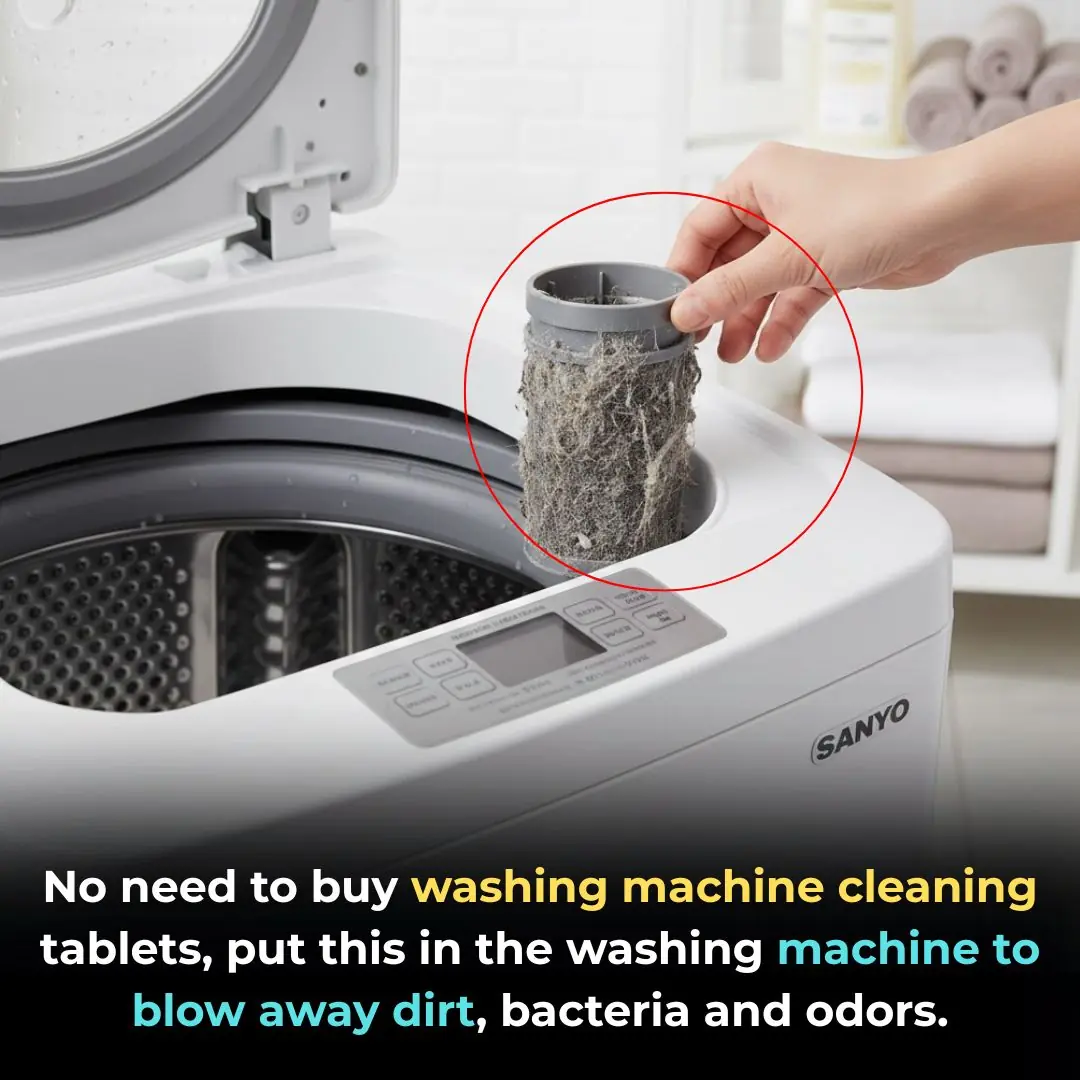
No need to buy washing machine cleaning tablets, put this in the washing machine to blow away dirt, bacteria and odors.

Roast sweet potatoes at home with a rice cooker or air fryer and they still have the same fragrant aroma as grilled on charcoal thanks to this secret.
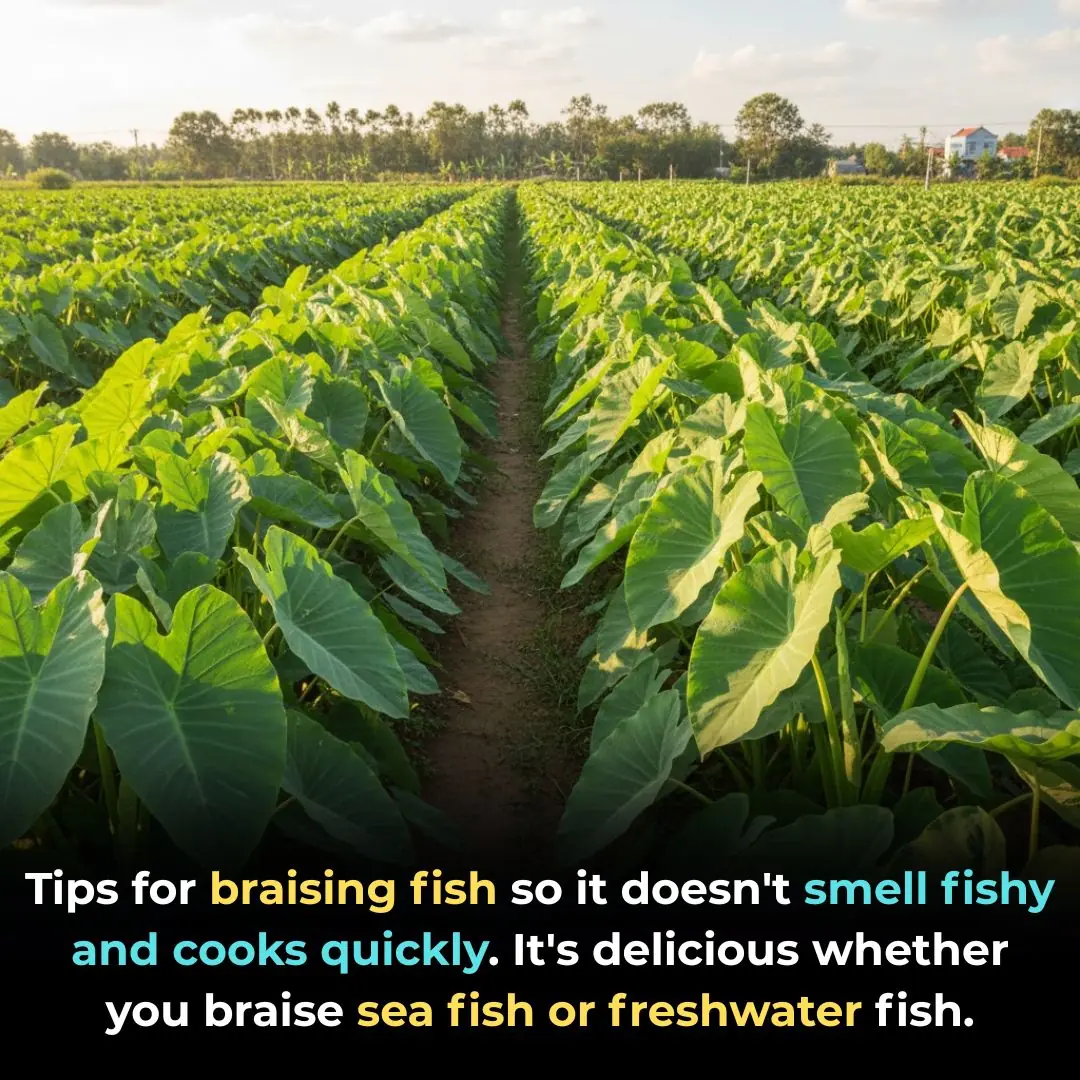
Tips for braising fish so it doesn't smell fishy and cooks quickly. It's delicious whether you braise sea fish or freshwater fish.
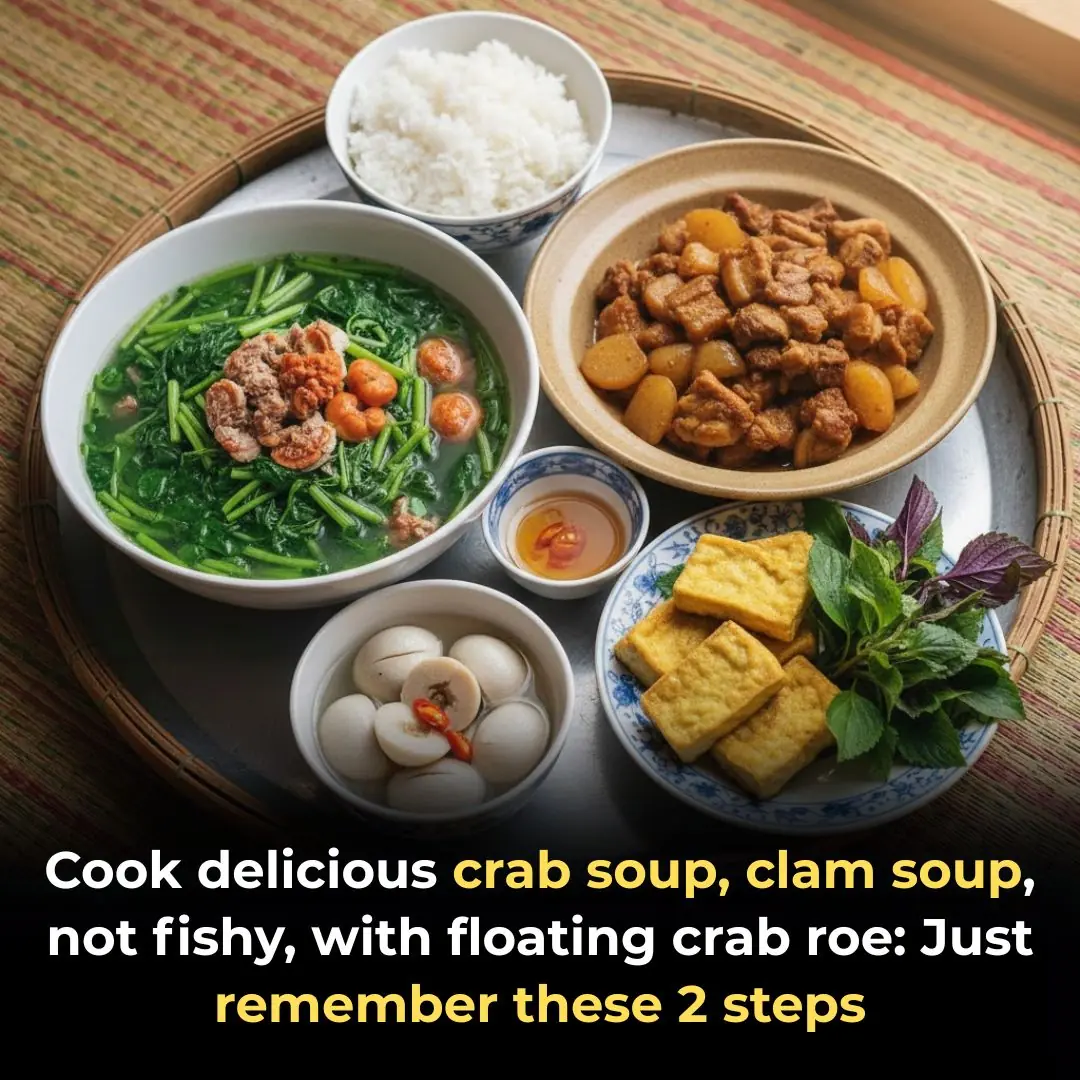
Cook delicious crab soup, clam soup, not fishy, with floating crab roe: Just remember these 2 steps
News Post

Louise Redknapp's health battles including 'worst condition doctors had seen'

Restaurant Owner Di.es at 42 from Liver Failure: Doctor Says It Was Caused by Ignoring One Thing for Years

A Reunion That Shook the Forest.
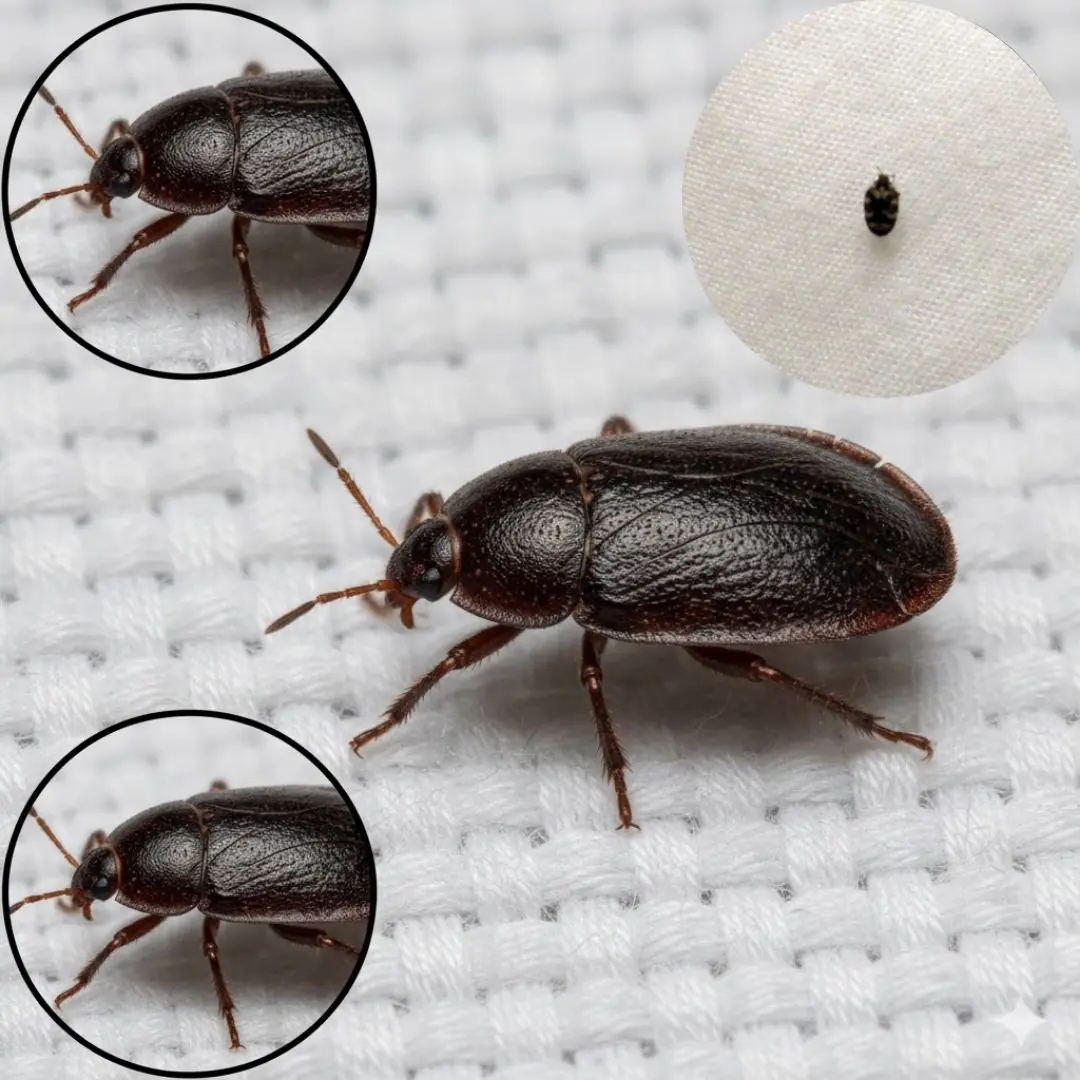
Find a Tick Inside Your Home

A 42-Year-Old Man D.ied of a Stroke Despite Not Sm.oking or Drin.king — The Doctor Was Furious and Said: How Dare You Eat This Every Day

The Cow, the Car, and the Letter That Touched Everyone.

Selling Sunset’s Chelsea Lazkani tears up after brutal Mary snub

The Boy Who Was Late for Class but On Time for Humanity.

The Woman with the Invisible Lint.
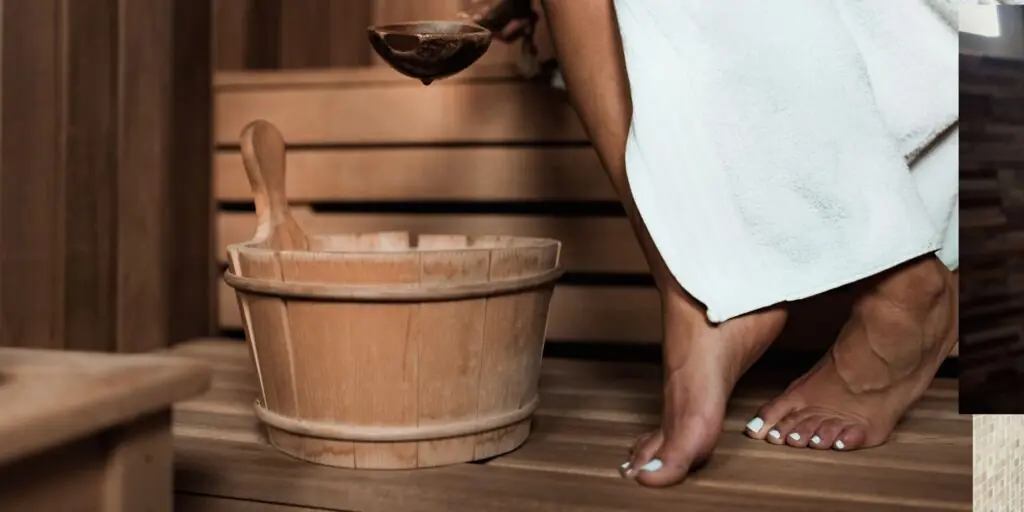
This Old-Time Secret Flushes Out Toxins, Soothes Joints, and Improves Circulation

Throat Pain Leads to a Shocking Diagnosis: Man Discovers Late-Stage Stomach Cancer and Blames Two Hidden “Culprits” in His Kitchen

The Miracle of the “Unicorn Babies”.

DIY Turmeric Shots That Fight Inflammation, Flush Parasites, and Leave Your Gut Feeling Brand New

The Elephant and the Ostrich: A Friendship Beyond Species.

The Doctor Who Created a Fake Epidemic to Save 8,000 Lives.

2 Signs of Kidney Damage: Morning Urine Showing These Signs Means You Should See a Doctor Immediately

The Richest Man Bill Gates Ever Met.

Saw This Trick For Oven Cleaning
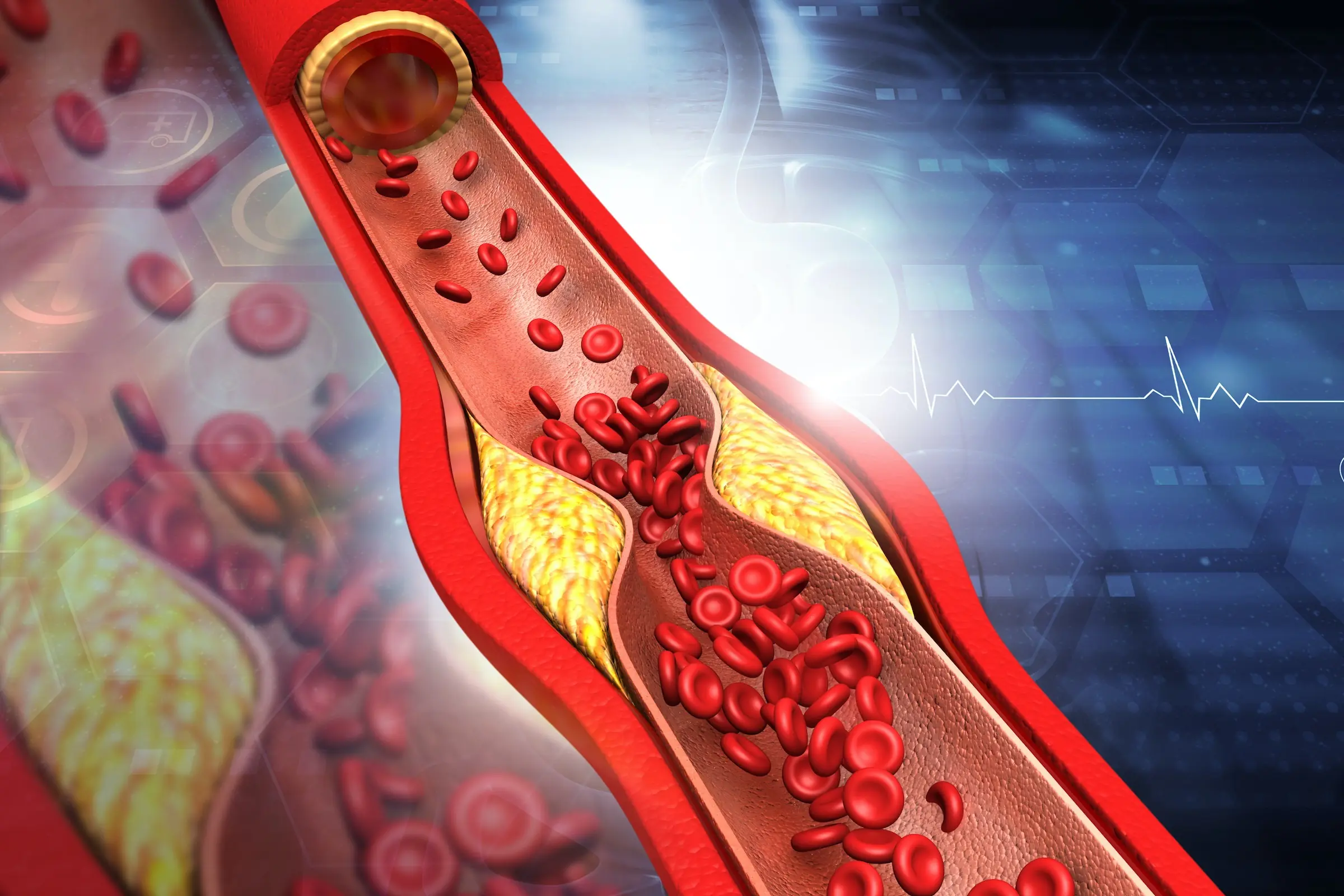
I Refused Cholesterol Meds and Tried This Instead — The Results Surprised Me
